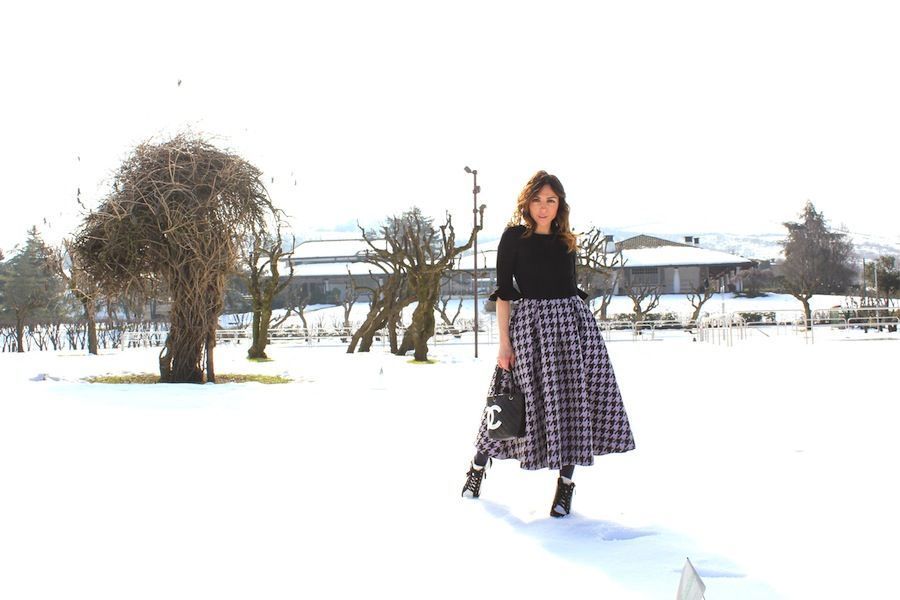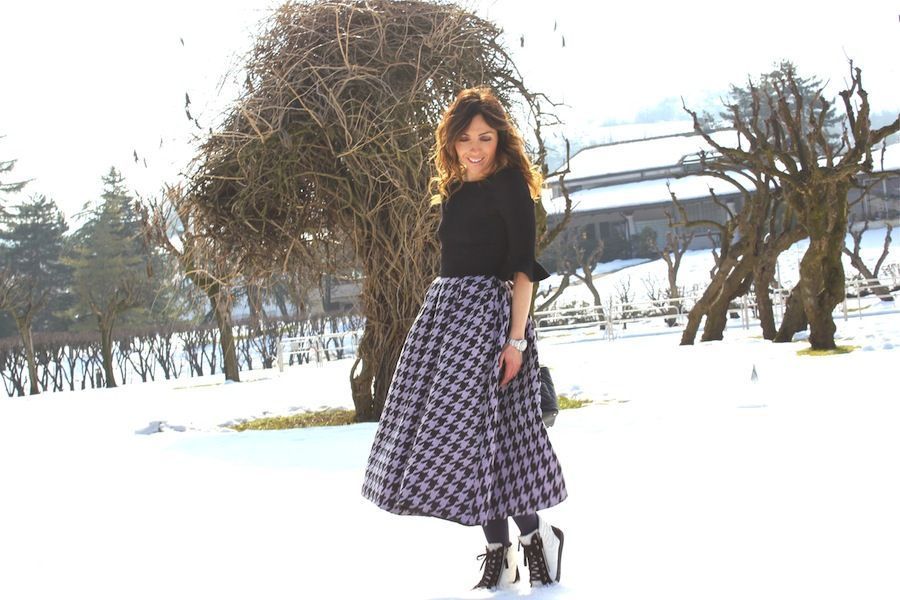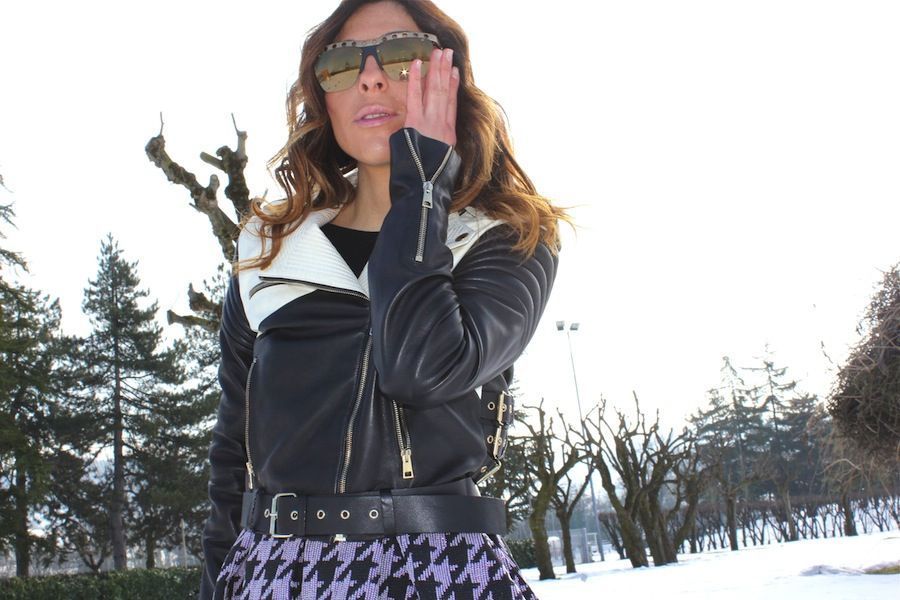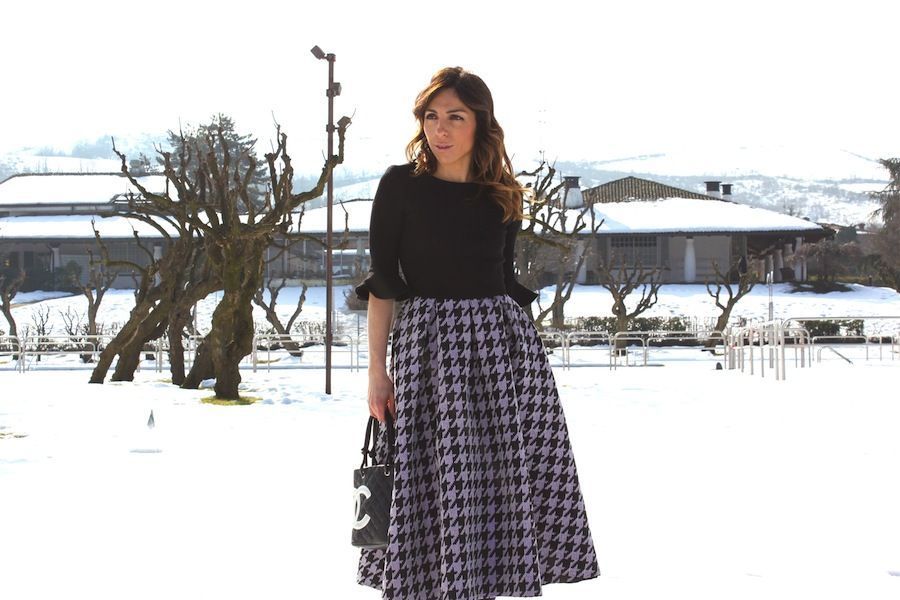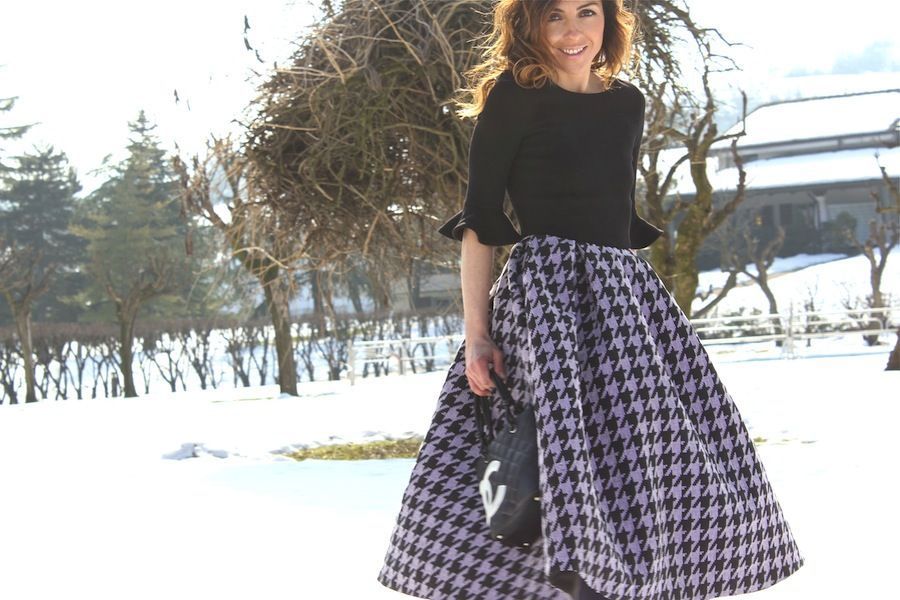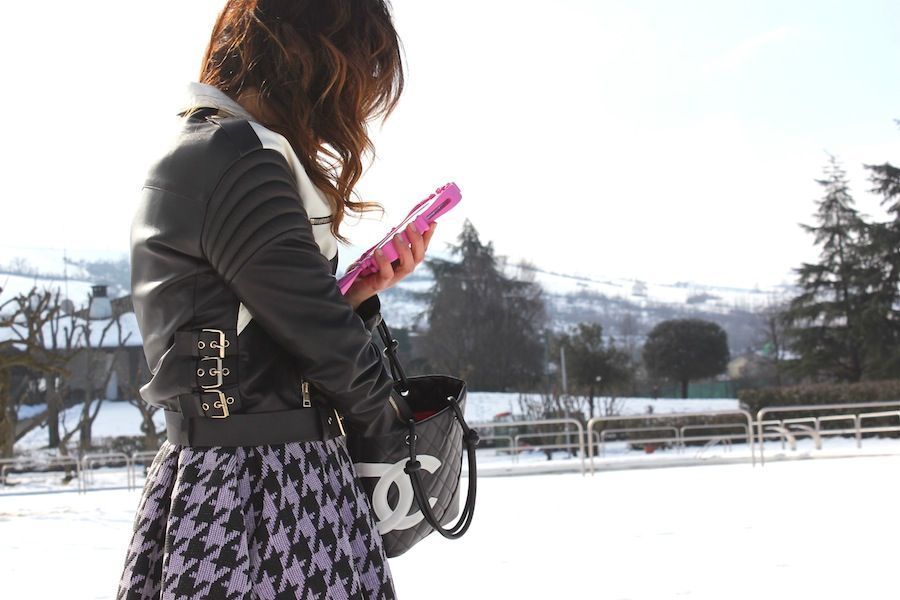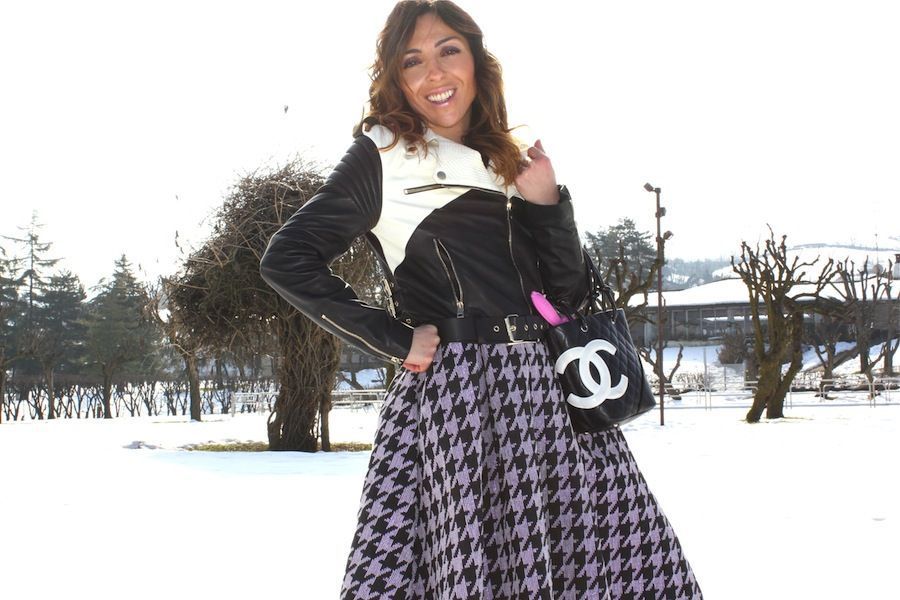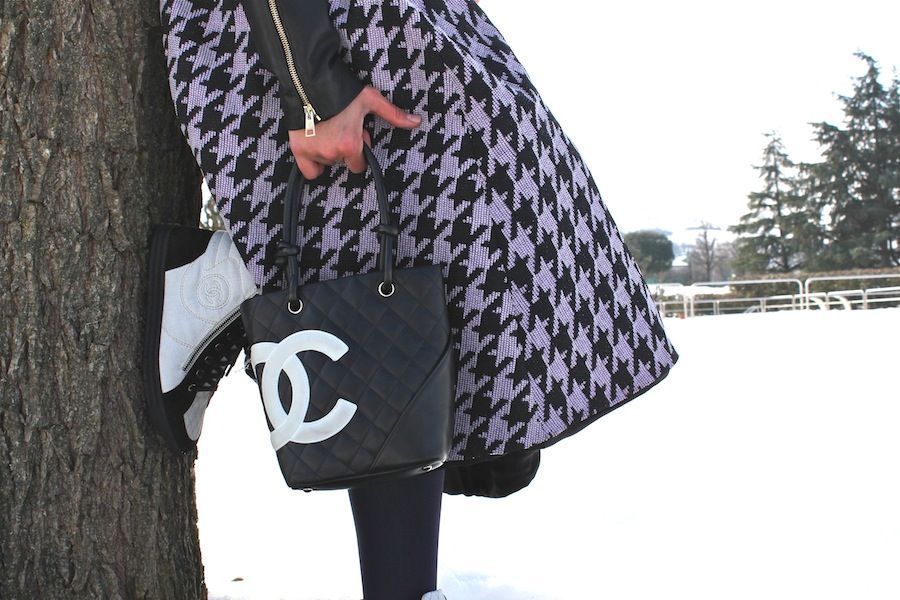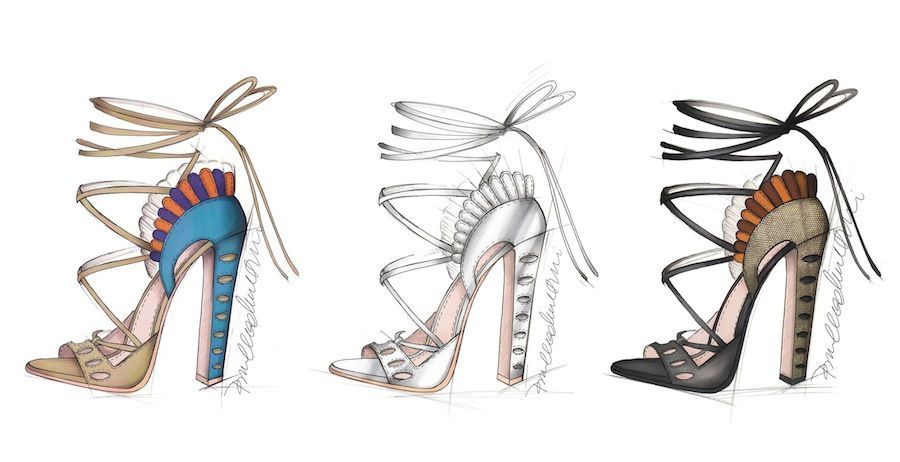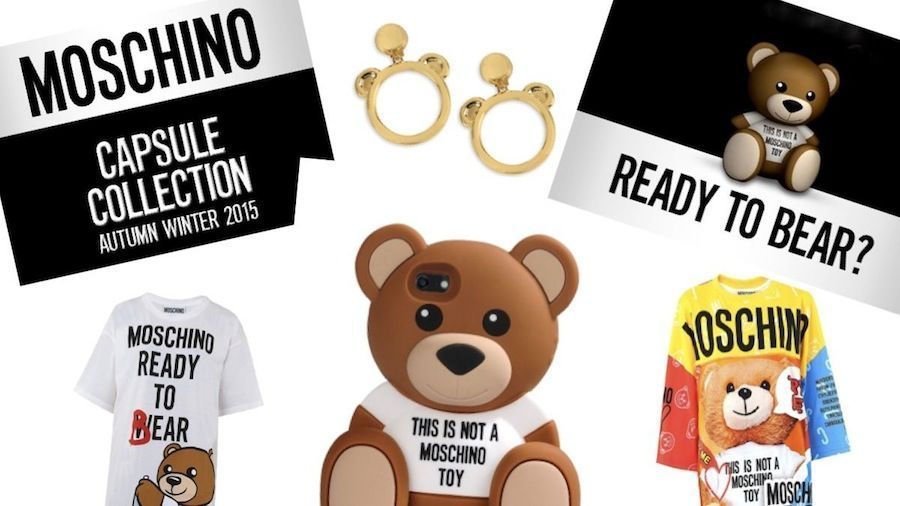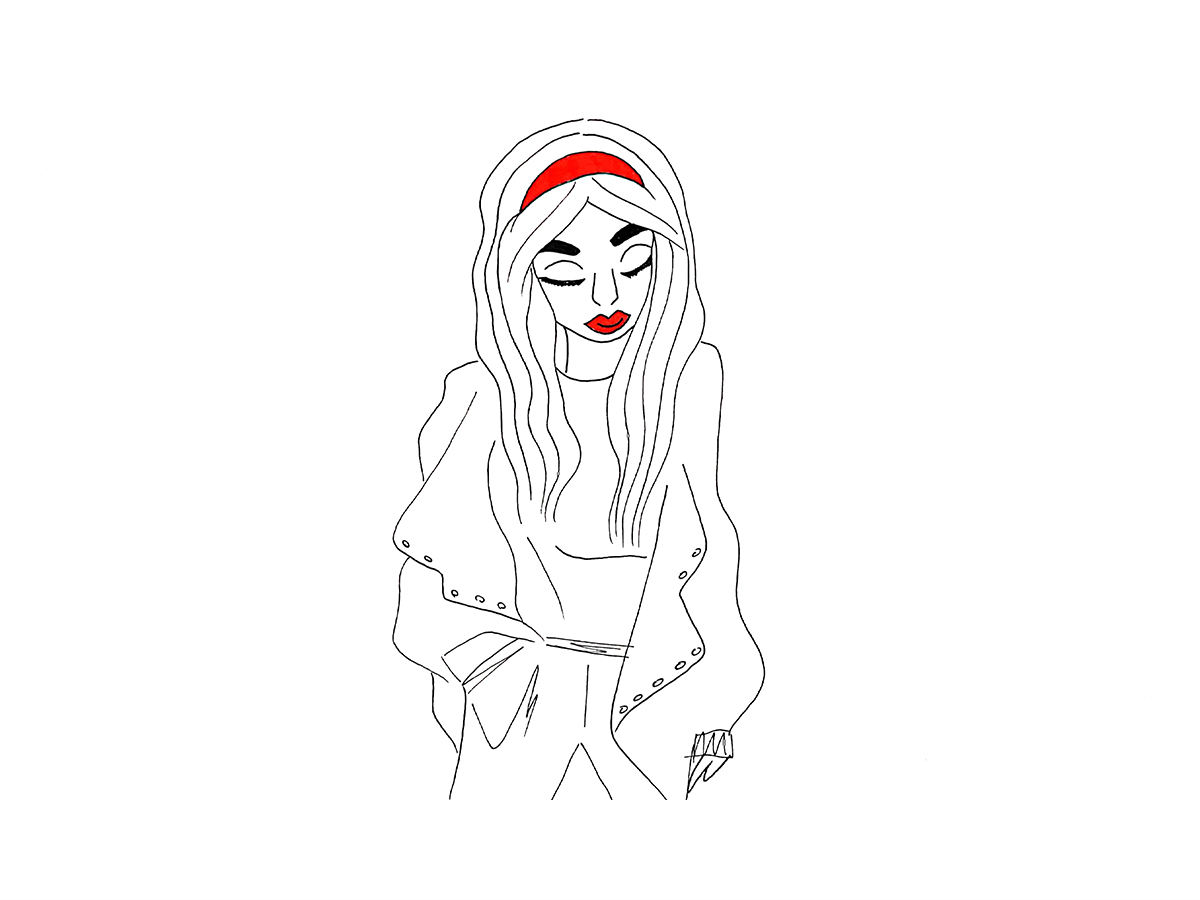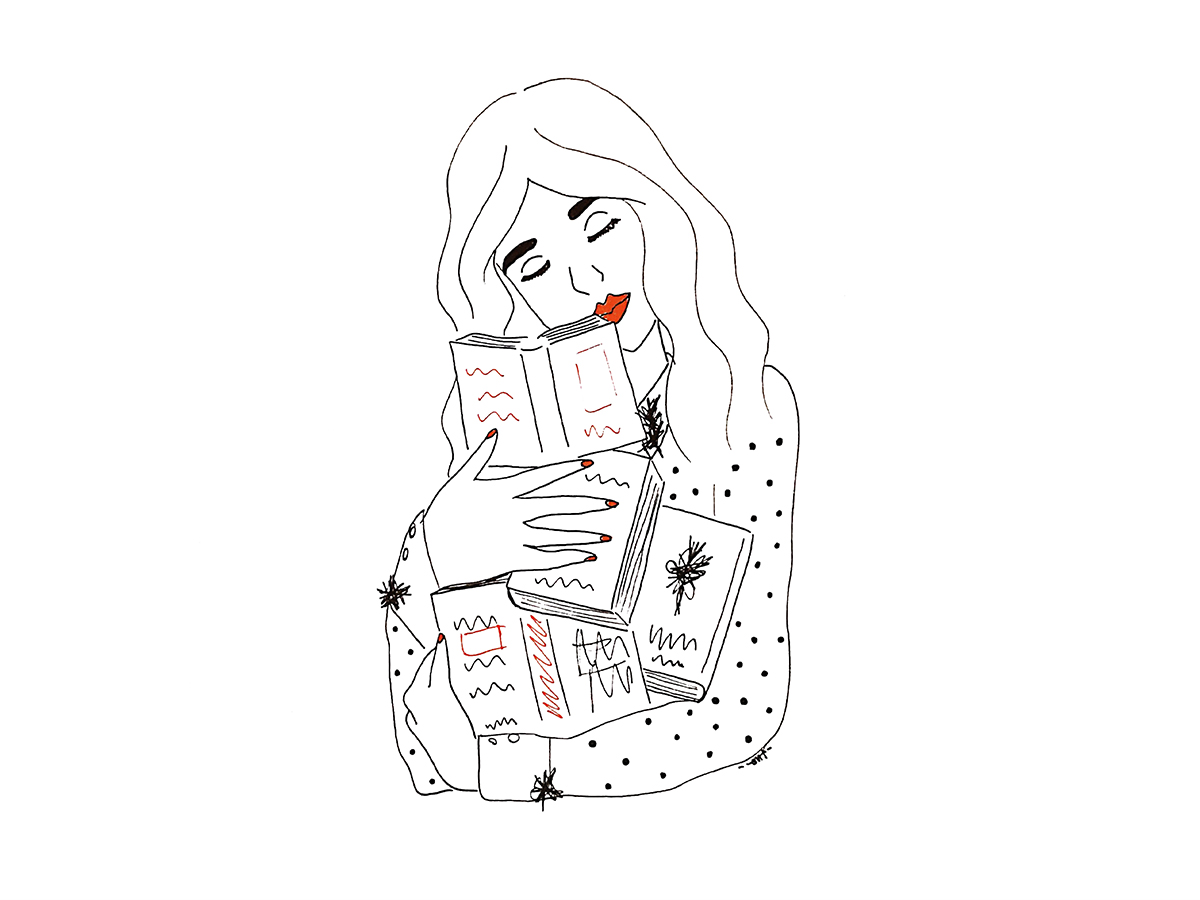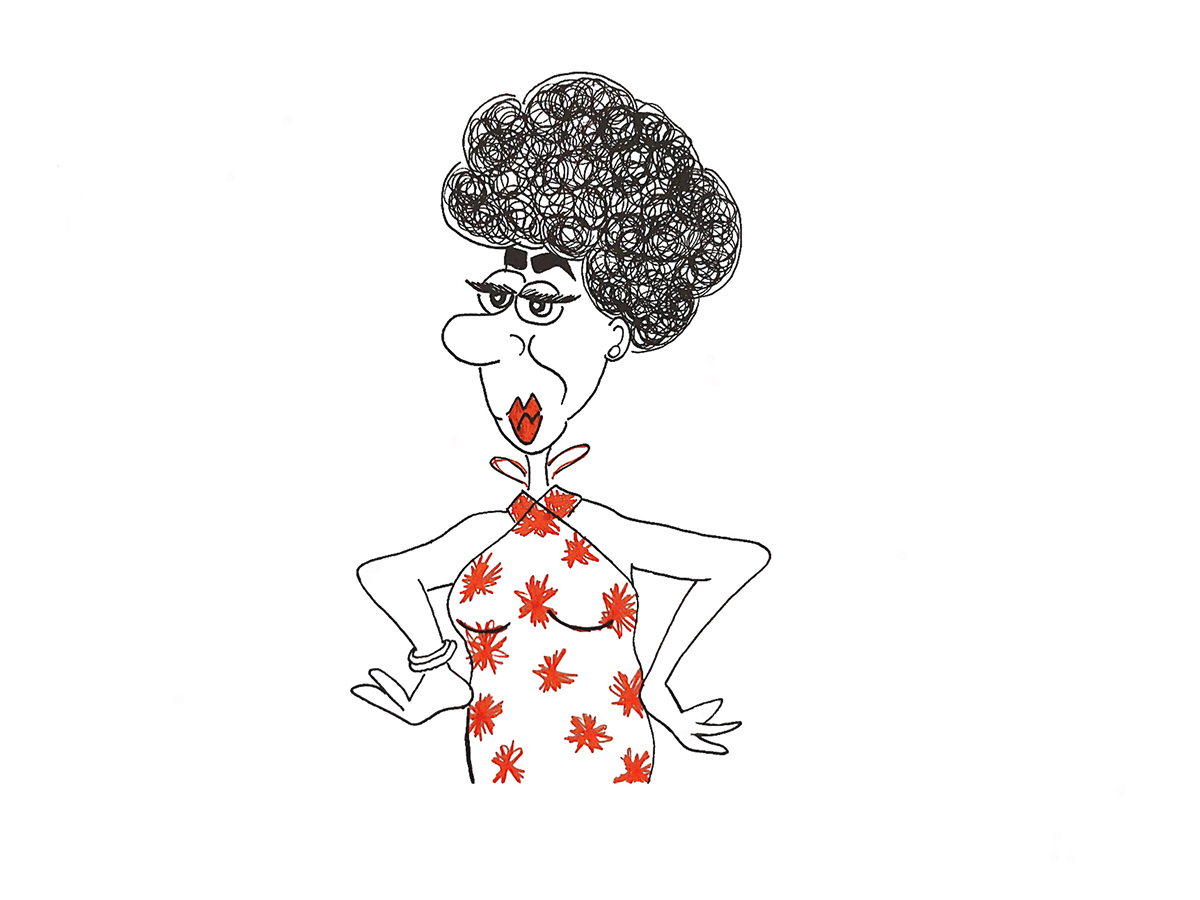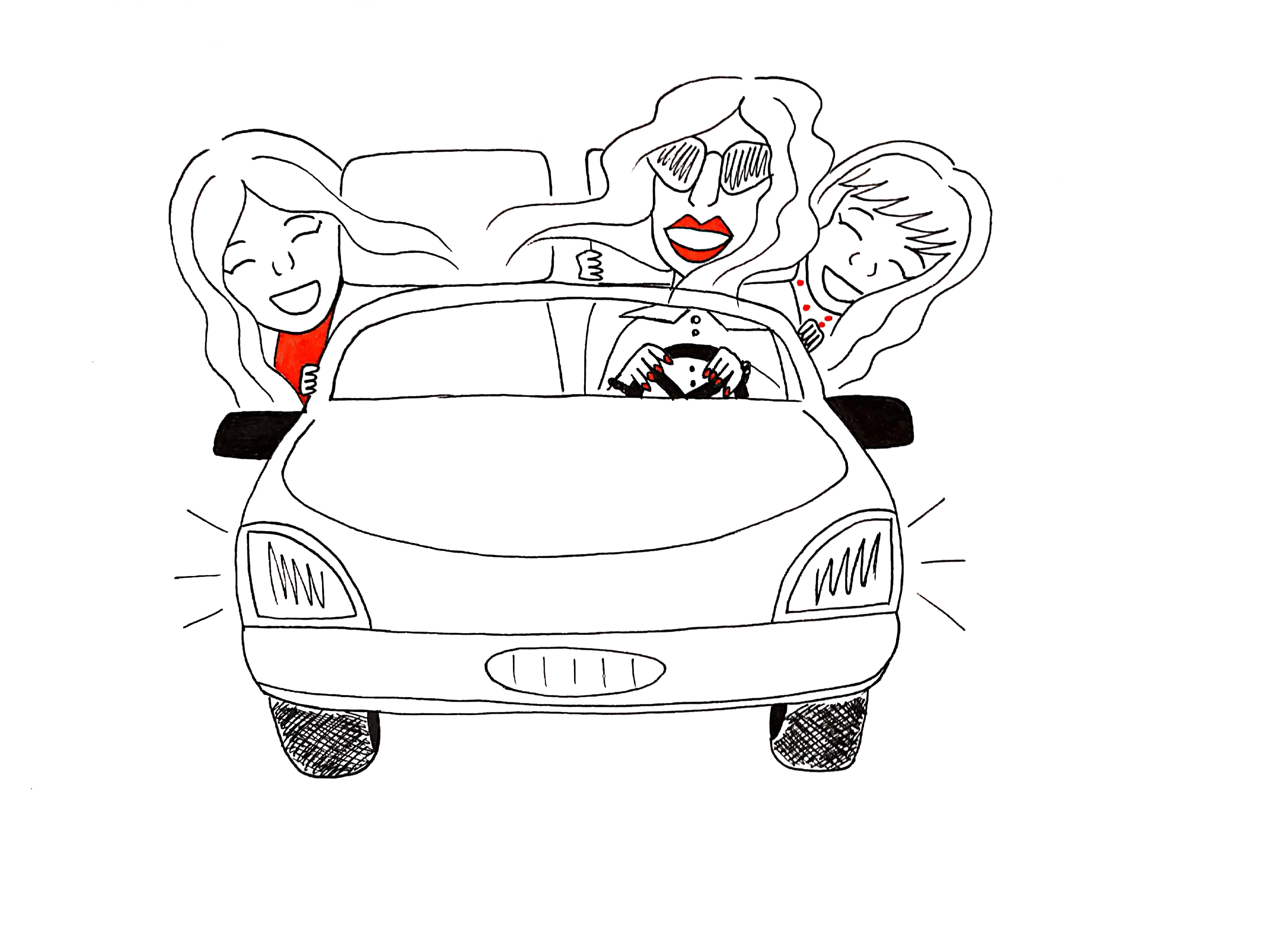Qualcuno sostiene che è finita, qualcun altro è pronto a giurare di aver visto le sue epigrafi per strada, ma io non credo sia così, la moda tira a campare, cerca solo di sopravvivere ed è molto diverso. La storia influenza l’economia e l’economia influenza la moda, così è sempre stato e così sarà per sempre. Nel XVII secolo, l’Italia viene occupata dalla Francia e dalla Spagna – ops – inizia un lungo periodo di decadenza, la Francia diventa l’unico punto di riferimento dell’eleganza, imponendo forme e colori. È lei a mettere al mondo lo stile barocco che esagera le forme, usa accostamenti eccentrici di materiali e abbonda con gli ornamenti. Poi, arriva il Re Sole che dà vita all’homme de qualité, ricco, alla moda, inserito nella società – si astengano perditempo e borghesi, grazie. – Sempre in Francia, nel XVIII secolo, nasce il Rococò, un’overdose di decorazioni che piace di brutto. Anche l’Inghilterra vuole dire la sua in fatto di moda, economicamente anche lei può dirsi potente grazie al colonialismo e alla rivoluzione industriale e infatti fino a metà del ‘900, gli uomini più fighi si fanno fare i vestiti direttamente a Londra. Sempre bene non può andare, le classi più povere s’incazzano e scoppia la rivoluzione francese. Nel XIX secolo, la borghesia conquista il potere ed impone i nuovi ideali di stile, attraverso un abbigliamento maschile austero, rigoroso e privo di fronzoli. Contemporaneamente, anche in Inghilterra tutto è più easy, Lord Brummel, esponente per eccellenza del movimento Dandy, esprime in modo chiaro e conciso la nuova tendenza: “per essere eleganti non occorre farsi notare“. Nel 1914, scoppia la prima guerra mondiale – ops – Parigi vuole mantenere il ruolo di principale influencer, ma mancano le materie prime che devono essere spedite al fronte e la situazione non migliora fino alla fine del conflitto, fino a quando non viene alla luce un nuovo gruppo di speculatori che si arricchisce velocemente e che è pronto a spendere di nuovo. Con gli anni ’20, è la moda femminile a dare un’iniezione di adrenalina. Le donne, dopo aver preso il posto degli uomini sul lavoro, mentre loro combattevano al fronte, non sono più disposte ad abbandonare quello che hanno conquistato, vogliono un abito semplice, pratico, elegante e con un costo contenuto, il primo esempio di low profile che non vuole abbandonare il buon gusto. Coco Chanel casca a fagiolo, il momento che aspettava da tanto giunge ora. Lancia il suo abito corto in jersey che vuole rivisitare il più impegnativo da sera e usa lo stesso materiale, allora considerato povero e poco chic, anche per il suo iconico tailleur. Dal 1929 al 1932, un’altra crisi mondiale distrugge l’economia – ops – e ancora una volta si manifesta la necessità di usare filati più modesti. È qui che si cominciano a sfruttare altre fibre tessili più economiche, quelle sintetiche come il nylon, fino a quel momento usato esclusivamente per produrre le calze. Nel 1939, inizia la seconda guerra mondiale – ops – come da copione anche la moda subisce un duro colpo, si perdono vitalità e freschezza, le collezioni proposte sono semplici e poco interessanti. Tutto deve essere ridotto ai minimi termini, manca il tessuto che serve per i soldati in trincea, le lunghezze si accorciano e i materiali usati sono poco pretenziosi, anche la tela jeans, da sempre impiegata solo nel mondo del lavoro per la sua robustezza, viene scelta dalle donne per realizzare abiti da indossare nel quotidiano. La guerra finisce e nel 1947, Christian Dior è pronto a riportare le sorti della moda a livelli celestiali. Crea il New Look e lo immagina per una donna signorile, raffinata, romantica, dalle forme costruite e falsamente naturali. Ma ora sono gli Stati Uniti con i suoi enormi consumi a influenzare l’Europa. Per la prima volta è la gente comune a dettare le regole e seppure ci sia la possibilità economica di creare capi lussuosi, sono i jeans e la tshirt i soli ad essere desiderati. Gli anni ’50 sono un tripudio di prosperità ed esuberanza, le riviste di moda spopolano, la gente si è arricchita e gode i benefici di un nuovo miracolo economico. Nessuno vuole più saperne di usare gli abiti usati passati dai membri della famiglia, tutti ne vogliono dei nuovi e vogliono che siano quelli che vedono sui giornali. Anche l’Italia vive un momento felice, è in questo periodo che nasce l’industria della moda italiana e con lei i veri pionieri del prêt-à-porter: Missoni e Krizia. Sono loro ad usare la maglieria, allora reputata povera e popolare, e a proporla in collezione con modelli semplici, ma abbinati in modo audace. E quando le cose vanno bene, rompere le uova nel paniere è quasi un’esigenza. Negli anni ’60, la ricchezza dà quasi fastidio, i giovani criticano il consumismo e rifiutano il mondo infiocchettato della moda di quel momento. Prendono spunto dalle vesti militari, nasce la mini gonna e la maglia a coste che mette in mostra il seno. La stessa società dei consumi decide di sfruttare questo spirito di protesta al fine di renderla commerciale, accontentando la domanda. Arrivano gli anni ’70 e questa volta è la guerra in Vietnam a condizionare il modo di vestire, il Flower Power non è solo una moda, ma un vero e proprio movimento che sposa combinazioni facili a basso costo. È il 1970 quando l’economia viene colpita dall’ennesima crisi – ops – molte industrie di abbigliamento chiudono i battenti, le mode etniche diventano avanguardia e i nomi celebri del fashion system non stanno a guardare, anche Yves Saint Laurent prende spunto da esse. E poi, è la volta degli anni ’80, quelli che, ancora oggi, si benedicono e si rimpiangono, gli anni che hanno rappresentato il successo e l’efficienza del mondo della moda. L’immagine commerciale di questa industria multimiliardaria è creata per colpire un target designato. Le strategie di marketing sono così efficaci che è difficile capire se il target stesso non sia stato concepito appositamente per rispondere alle sue esigenze. Il successo del Made in Italy va collocato proprio in questi anni felici e contenti, Milano diventa la nuova capitale della moda e il mondo vuole solo lei e i suoi stilisti: Armani, Ferrè, Versace, Dolce & Gabbana, Prada. L’abbigliamento diventa uno dei beni materiali più importanti, è un vero e proprio status symbol con cui identificarsi e la necessità di voler stare al passo con i suoi frenetici cambiamenti, lo porta ad essere una delle prime voci di spesa.Tutti diventano yuppies: giovani, rampanti, agenti di borsa e vivono in base alla classe sociale a cui appartengono: ricca che ama la bella vita e veste solo italiano. Ma mica può essere sempre domenica e quando si pensa di aver visto succedere il peggio, arriva qualcosa di apocalittico. Nel 2007 inizia la grande recessione, una delle crisi economiche mondiali più disastrose – ops – quella crisi deve ancora concludersi e tuttora, le conseguenze continuano a riflettersi su gran parte dei mercati mondiali. Quanti ops ho scritto fino ad ora? Diversi. A ognuno di essi corrisponde un momento tragico dell’economia che ha sempre avuto ripercussioni sulla moda. I momenti di crisi fanno scendere il potere d’acquisto, ma quando finiscono, si sostituiscono ad altri più floridi che lo fanno aumentare. Oggi, siamo ancora nel pieno di una fase in cui spendere è difficoltoso e a causa della poca disponibilità economica, quei beni materiali, una volta considerati indispensabili, nati per minimizzare un disagio e massimizzare un piacere, ora è preferibile definirli superflui, perché il fatto di non poterli comprare diminuisce il piacere e aumenta il disagio. La moda, ancora una volta, non può permettersi di rimanere indifferente alla situazione attuale e siccome è lei stessa a dipendere da un consumatore con le tasche vuote, si adatta. Aspetta momenti migliori, la storia le ha insegnato che tornano sempre e nel frattempo, nonostante le innumerevoli difficoltà, farà quello che ha sempre fatto: troverà geniali alternative con la sola certezza di essere immortale.
When the going gets tough, fashion gets going – Somebody says it’s fake, others area ready to swear to have seen its inscription but I don’t believe so, fashion gets along, it only tries to survive and that’s another question. History affects economy and economy affects fashion, it has always been this way and it will always be. In the seventeenth century, Italy was invaded by France and Spain- oops– a long period of decadence started, France was the only point of reference for elegance dictating styles and colours. France created the baroque style with its flamboyant shapes, eccentric combinations of materials and loads of ornaments. Then the Roi Soleil came who created the home de qualité: rich, fashionable and part of the elite- no layabout and bourgeois please– . Always in France, in the eighteenth century, the Rococò style was born, an over-dose of decorations that has tremendous success. England wanted to say something too as it was a powerful country thanks to colonies and the industrial revolution, in fact, until mid-1900 the coolest men on earth bought their clothes in London. But things can’t always go fine, the poorest classes got upset and the French revolution started. In the nineteenth century, the middle class got more and more powerful imposing new style codes, a minimal man fashion with no decorations. At the same time, in England too, everything is more easy-going. Lord Brummel, the major exponent of the Dandy movement, expressed the new trend clearly: “to be elegant you don’t need to be noticed”. In 1914, the first world war started- oops– Paris wanted to maintain its role of main influencer but raw materials were missing and the situation didn’t improve until the end of the war when a new social class who was quickly making money was ready to spend. In the 20’s women fashion gave an injection of adrenaline. After having taken the role of men at work while they were fighting as soldiers, women didn’t want to renounce their new rights, they wanted comfortable and practical clothes at an affordable price, the first example of low profile with a touch of good taste. Coco Chanel was just perfect for the time, the moment she was longing for had finally arrived. She launched her jersey mini-dress, a new interpretation of the gala dress, using the same material that was considered poor and not chic, also for her famous suit. From 1929 to 1932 another world crises destroyed economy – oops– once again the need to use more affordable materials. And so synthetic fibres started to be used such as nylon that before that time had been used for tights only. In 1939, the second world war-oops– fashion suffered from the conflict too, it lost energy and appeal, fashion collections were extremely basic and boring. Everything needed to be saved and reduced, fabrics were necessary for soldiers, dresses got shorter and poor materials, such as denim that had been used exclusively as working uniforms, was chosen by women to create everyday fashion pieces. The war was finally over and in 1947, Christian Dior was ready to bring fashion back to heaven. He created the New Look and imagined it for a chic, refined, romantic woman with false natural shapes. But at the time the USA were the most powerful nation across the globe. For the first time ever, common people were the main influencers and even if there was enough money for luxury clothes, jeans and T-shirts were the absolute protagonists. The 50’s were the symbol of prosperity and flamboyance, fashion magazines everywhere, people got richer, the time of the economic miracle. Nobody wanted to wear second-hand clothes passed by other members of the family, everyone wanted new clothes and fashionable ones. Italy was living a happy moment too, it was the start of the Italian fashion industry and of prêt-à-porter pioneers: Missoni and Krizia. They created knitwear that was considered poor and proposed simple knitwear pieces yet with audacious combinations. And when things go fine, upsetting the plans is almost a must. In the 60’s richness and luxury was nearly hated, the young criticised consumerism and refused the fashion elements of the time. They took inspiration from the army uniforms, mini-skirts and bare-necked sweaters were created. The society decided to exploit this spirit of protest to make it commercial and popular. And then the 70’s and this time it’s the Vietnam war’s time to influence style, the Flower Power is not a mere fashion style but a veritable movement made of low cost and easy combinations. In 1970 world economy was hit by another crisis – oops– many fashion industries closed, ethnic fashion was popular and the leading figures of the fashion system such as Yves Saint Laurent got inspiration from this. And then the 80’s, the years that we still bless and blame today, the years of the success of the fashion industry. The commercial image of this multimillionaire industry was created to hit a specific target. The marketing strategies were so effective and it is still difficult to understand if the target itself had been created ad hoc to meet its same needs. The success of the Made in Italy was exactly in those happy years, Milan became the new fashion city and the world only wants Italian designers: Armani, Ferrè, Versace, Dolce&Gabbana Prada. Clothes were one of the most important goods, veritable status symbols and the need to be always fashionable made the industry reach its peak. Everybody wanted to be a yuppy: young stock market brokers who lived according to the rules of their social class: rich, enjoying the pleasure of life and only wearing Made in Italy clothes. But it’s not always a piece of cake and when you think that you’ve already seen the worst then something apocalyptical happens. In 2007, the big recession started, one of the most terrible economic crisis of all time- oops– that crisis is still going and its consequences are affecting global markets. How many oops have I used yet? Many. And each of them corresponds to a tragic moment of economy that affected fashion too. Crisis reduces the purchasing power but when they are over, another prosperous moment starts. Today we’re still living a difficult time, we don’t have much money to spend and the goods that were once considered as necessary are now surplus goods as the fact that there’s no money to buy them decreases pleasure and increases discomfort. Fashion can’t remain detached and nonchalant and as it depends on consumers with no money in their pockets, it adapts. It patiently waits for better moments as history has taught they will always come, meanwhile, despite the difficulties, it keeps on doing what it has always done: creating brilliant alternatives with the sole certainty to be immortal.
Dress: SWAP INSIDE
Jacket: FAUSTO PUGLISI
Shoes: CHANEL
Bag: CHANEL
Cover: MOSCHINO
Sunglasses: PRADA
[show_shopthepost_widget id=”572182″]

